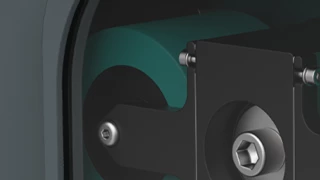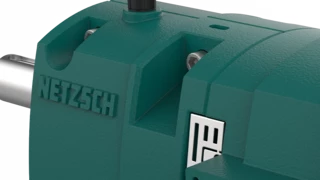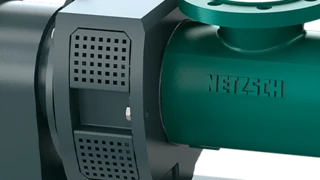NETZSCHicon
Wear
Wear refers to various material changes on the surface of solid objects due to mechanical influences. It represents a form of wear and tear.
Wear phenomena can be divided into four essential mechanisms:
- Adhesive wear: If insufficient lubrication exists, materials can slide on each other and become irritated.
- Abrasive wear: This occurs when hard particles from lubricants penetrate the outer layer of a component, resulting in micro-chipping and material loss in the form of abrasion.
- Surface alteration: Alternating or changing mechanical stresses can damage or alter the surface of a component.
- Tribo-oxidation: This mechanism refers to intermediate layers created by chemical reactions and then destroyed by component movement.
In pumping systems, cavitation is a significant wear mechanism. It occurs when vapour bubbles form in fluids. In the design of pumping systems, the aim is to reduce wear as much as possible. When wear is unavoidable, deliberately designed wear parts are used to minimise the effects. These parts can usually be replaced without difficulty.





